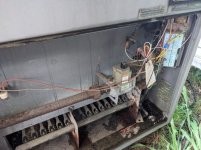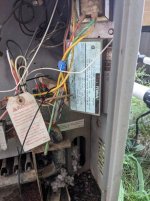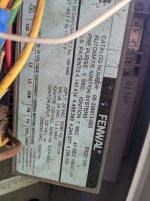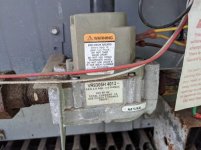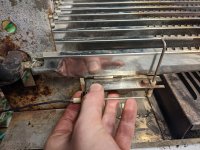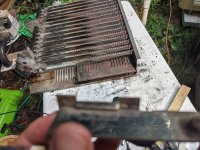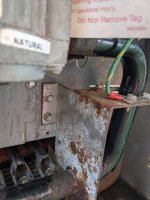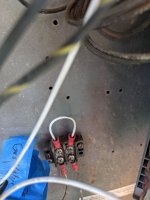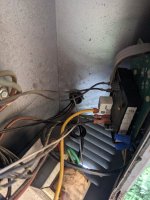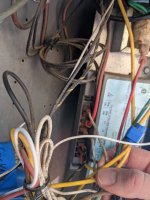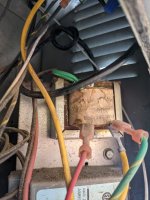Hello all,
I was recently having an issue with my pool heater (Laars Lite 2 - Natural Gas, LD), in that it would ignite, and then turn off w/n 1-2 seconds. After some research, it seemed it might be a faulty flame sensor. I started cleaning it off in place but the contraption with the flame sensor came off. I cleaned it off, and and when I was looking at where to replace it by running a presumably quick 1-2 second cycle beforehand, I was surprised to see that the heater stayed lit without the flame sensor in place. I then performed a quick test where I unplugged the flame sensor altogether, and sure enough the heater still ran with no problems. I'm happy that my heater appears to be working again, but now quite worried that my system has no working flame sensor.
Does anyone have any suggestions at the next step forward? Should my control board work with an unplugged flame sensor, and only stop if one is plugged in and not sensing flame? Do I need a new flame sensor? Do I need to try and clean the contacts more? New control board?
Note sure if this is relevant, but the LD manual states that the flame sensor is an "optional" retrofit (bottom right of p. 36 of manual: Lite2 | Jandy).
More than happy to provide additional information, tests, pictures, etc.
Many thanks for any help!
I was recently having an issue with my pool heater (Laars Lite 2 - Natural Gas, LD), in that it would ignite, and then turn off w/n 1-2 seconds. After some research, it seemed it might be a faulty flame sensor. I started cleaning it off in place but the contraption with the flame sensor came off. I cleaned it off, and and when I was looking at where to replace it by running a presumably quick 1-2 second cycle beforehand, I was surprised to see that the heater stayed lit without the flame sensor in place. I then performed a quick test where I unplugged the flame sensor altogether, and sure enough the heater still ran with no problems. I'm happy that my heater appears to be working again, but now quite worried that my system has no working flame sensor.
Does anyone have any suggestions at the next step forward? Should my control board work with an unplugged flame sensor, and only stop if one is plugged in and not sensing flame? Do I need a new flame sensor? Do I need to try and clean the contacts more? New control board?
Note sure if this is relevant, but the LD manual states that the flame sensor is an "optional" retrofit (bottom right of p. 36 of manual: Lite2 | Jandy).
More than happy to provide additional information, tests, pictures, etc.
Many thanks for any help!



